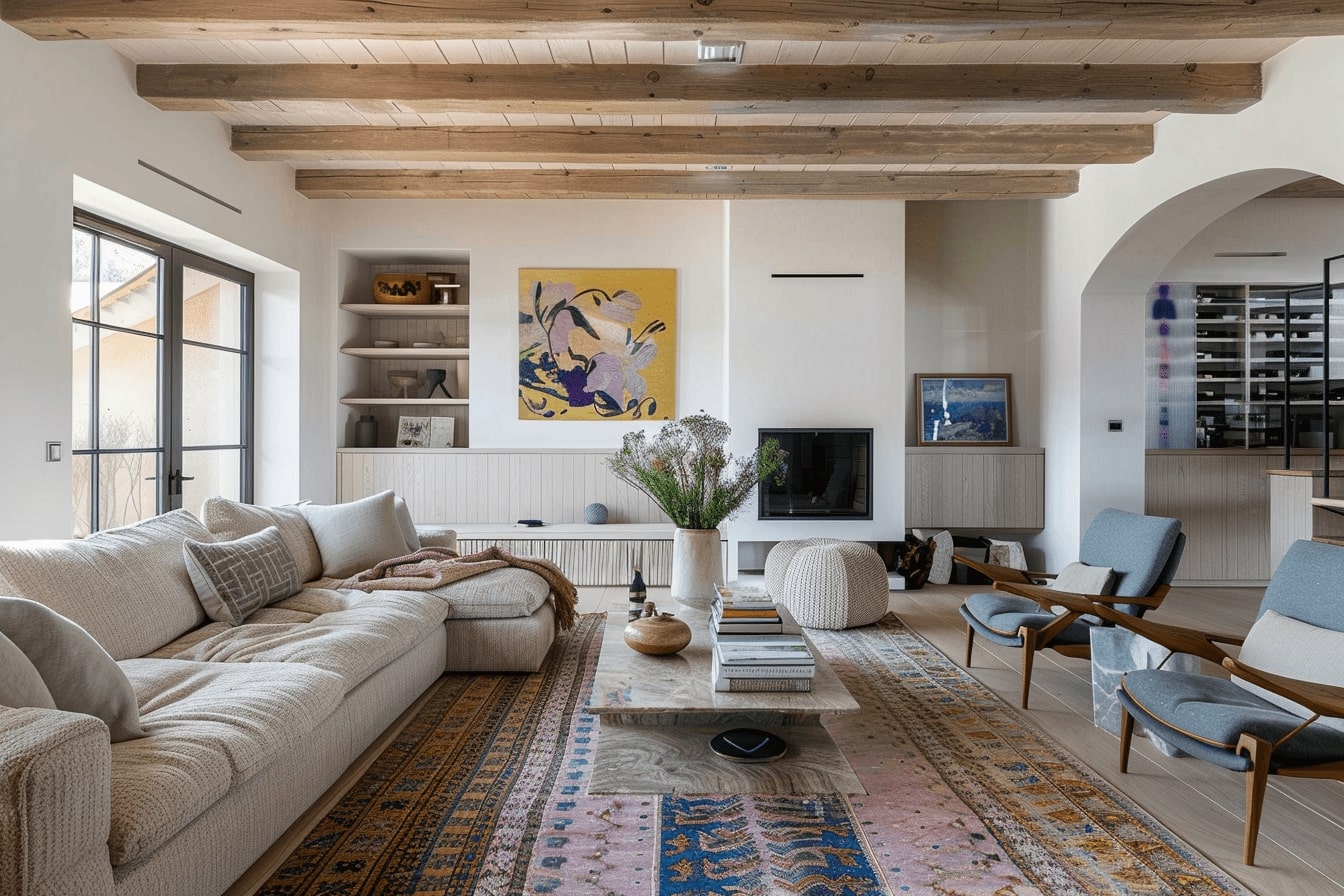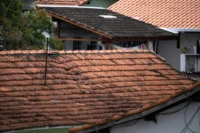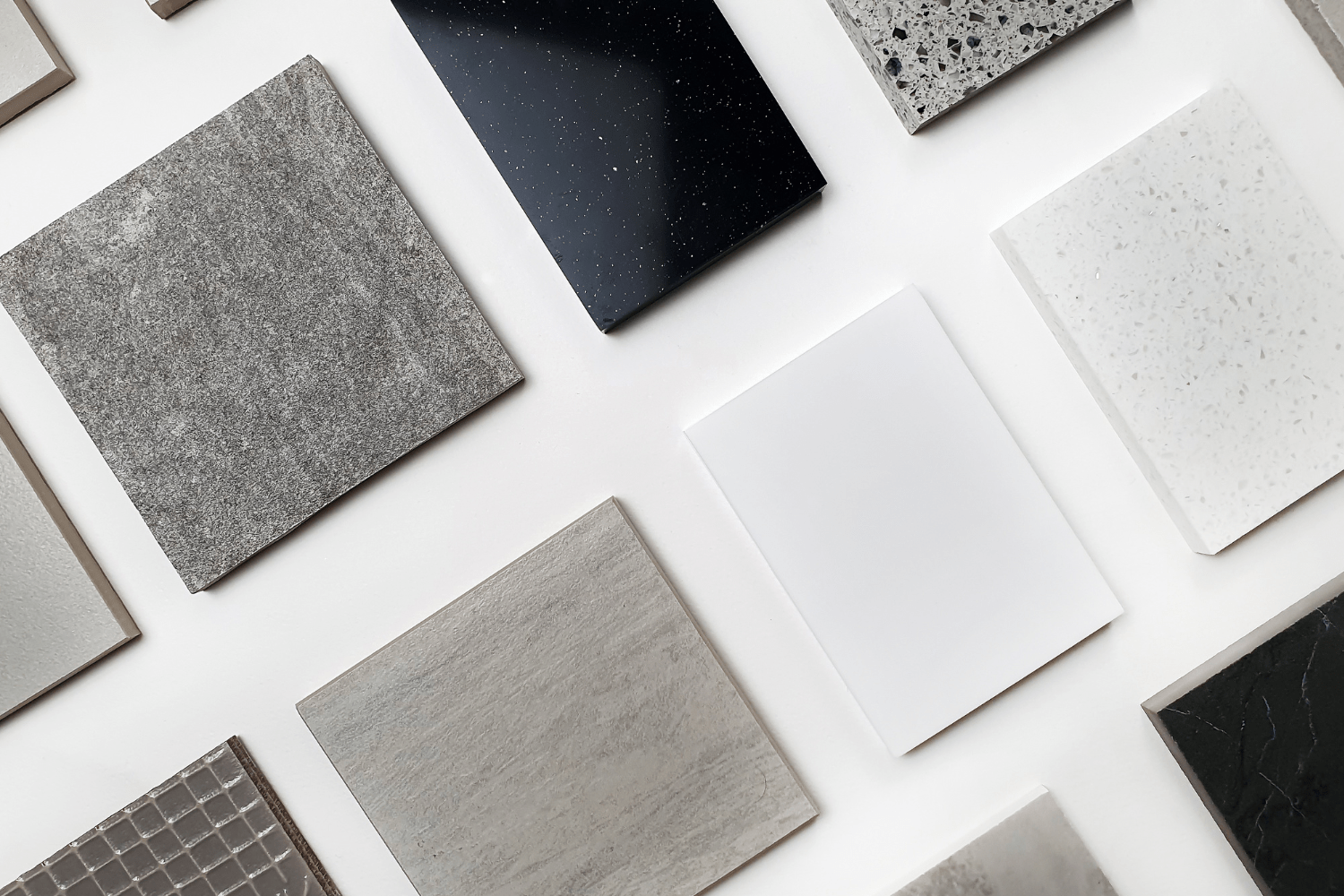- Home
- Articles
- Architectural Portfolio
- Architectral Presentation
- Inspirational Stories
- Architecture News
- Visualization
- BIM Industry
- Facade Design
- Parametric Design
- Career
- Landscape Architecture
- Construction
- Artificial Intelligence
- Sketching
- Design Softwares
- Diagrams
- Writing
- Architectural Tips
- Sustainability
- Courses
- Concept
- Technology
- History & Heritage
- Future of Architecture
- Guides & How-To
- Art & Culture
- Projects
- Interior Design
- Competitions
- Jobs
- Store
- Tools
- More
- Home
- Articles
- Architectural Portfolio
- Architectral Presentation
- Inspirational Stories
- Architecture News
- Visualization
- BIM Industry
- Facade Design
- Parametric Design
- Career
- Landscape Architecture
- Construction
- Artificial Intelligence
- Sketching
- Design Softwares
- Diagrams
- Writing
- Architectural Tips
- Sustainability
- Courses
- Concept
- Technology
- History & Heritage
- Future of Architecture
- Guides & How-To
- Art & Culture
- Projects
- Interior Design
- Competitions
- Jobs
- Store
- Tools
- More
Step-by-Step Guide on How to Build Your Own Tiny House in the USA
Ever dreamt of simplifying your life and reducing your footprint? Building your own tiny house in the USA might be the perfect solution. Tiny houses offer a unique blend of efficiency, affordability, and freedom that traditional homes can't match.

Ever dreamt of simplifying your life and reducing your footprint? Building your own tiny house in the USA might be the perfect solution. Tiny houses offer a unique blend of efficiency, affordability, and freedom that traditional homes can’t match.
Table of Contents
ToggleUnderstanding Tiny Houses
Tiny houses have gained significant popularity in the USA due to their simplicity, efficiency, and affordability.
What Is a Tiny House?
A tiny house is a small, portable dwelling typically ranging from 100 to 400 square feet. These homes offer all the basic amenities like a kitchen, bathroom, living area, and sleeping quarters but within a compact footprint. Built on wheels or on a foundation, tiny houses come in various designs and layouts to maximize space and functionality. They provide an efficient living solution for those looking to downsize.

Benefits of Living in a Tiny House
Cost-Effective: Tiny houses generally cost between $10,000 and $100,000, making them an affordable housing option compared to traditional homes. Lower construction costs, utility bills, and maintenance expenses contribute to financial savings.
Environmentally Friendly: Tiny houses require fewer materials to build and consume less energy to heat and cool. Many tiny house owners use sustainable materials and renewable energy sources, reducing their environmental impact.
Flexibility: Tiny houses can be built on wheels, offering mobility and the freedom to relocate. This flexibility suits those who prefer a nomadic lifestyle or need to change locations frequently for work or personal reasons.
Minimalist Lifestyle: Living in a tiny house encourages a minimalist lifestyle, resulting in reduced clutter and a focus on essential belongings. This simplification often leads to improved mental well-being.
Efficient Design: Tiny houses use creative and efficient design strategies to make the most of limited space. Features like multi-functional furniture, lofted sleeping areas, and built-in storage solutions are common in tiny house designs.
These attributes make tiny houses an attractive option for many Americans seeking a simpler, more sustainable, and flexible living environment.
When planning your tiny house layout, it’s essential to consider standard bed sizes in the USA, such as twin, full, queen, or king, to ensure a comfortable and functional sleeping space.
Planning Your Tiny House Build
Proper planning is crucial to building a successful tiny house in the USA. We’ll explore legal considerations, zoning laws, and house design to ensure your project goes smoothly.
Legal Considerations and Zoning Laws
Navigating legal requirements and zoning laws is essential when building a tiny house. Local governments have specific regulations on minimum house sizes, land use, and permissible building types. It’s necessary to contact local zoning offices to learn about any restrictions or permits needed for tiny houses.
For example:
- Building Codes: Ensure your house adheres to state and local building codes.
- Zoning: Verify if your intended location allows tiny houses either as primary residences or accessory dwelling units (ADUs).
- Permits: Obtain construction permits, electrical permits, and plumbing permits if required.
Failing to comply with these regulations can result in fines or requiring modifications after construction.
Designing Your Tiny House
The design phase is critical for a functional and comfortable tiny living space. Consider how to maximize the limited space efficiently.
Key elements:
- Floor Plan: Prioritize essential functionalities, such as sleeping areas, kitchen space, and bathroom.
- Storage Solutions: Integrate built-in storage under stairs, beds, and within walls.
- Multi-functional Furniture: Use fold-out beds, convertible tables, and stackable chairs to save space.
- Natural Light: Incorporate large windows and skylights to enhance the sense of space and reduce electricity usage.
Choosing lightweight, yet durable materials will aid in mobility and longevity if your tiny house is on wheels.

Building Your Tiny House
Building a tiny house involves thoughtful planning and precise execution. From selecting the right materials to following a construction process, each phase requires attention to detail.
Choosing the Right Materials
Selecting appropriate materials ensures the durability and efficiency of our tiny house. Lightweight materials, like steel frames and SIP panels, aid in mobility. For insulation, we recommend using rigid foam boards or spray foam insulation for their superior thermal properties. Exterior materials, such as metal or vinyl siding, offer longevity and minimal maintenance. Inside, bamboo or cork flooring provides a sustainable and lightweight option. Opting for energy-efficient windows and LED lighting also contributes to a sustainable living environment.
Steps in the Construction Process
Following the correct construction steps guarantees a safe and reliable tiny house.
- Foundation Setup: Installing a suitable foundation, like a trailer for mobility or concrete piers for a stationary house, ensures stability.
- Frame Construction: Building the frame using wood or steel material provides structural integrity. Adhering to the blueprints during this phase is crucial.
- Roof Installation: Adding a weather-resistant roof using metal sheets or composite shingles protects the house from elements.
- Insulation and Sealing: Installing insulation and properly sealing gaps keeps the house energy-efficient.
- Exterior Finishing: Applying exterior walls and siding enhances durability and aesthetics.
- Interior Work: Completing drywall, flooring, and installing built-in furniture creates a functional living space.
- Systems Installation: Integrating electrical wiring, plumbing, and HVAC systems ensures comfort and functionality.
By focusing on these steps, we achieve a well-built tiny house tailored to our needs and preferences.

Essential Tips for Tiny House Builders
Building a tiny house involves thoughtful design and efficient planning. Here are key insights on how to maximize space and incorporate sustainable practices.
Maximizing Space
Effective use of space defines the livability of a tiny house. Multifunctional furniture, like foldable tables and Murphy beds, provides usability with minimal footprint. Vertical storage solutions, such as shelving and lofts, keep clutter off the floor. Built-in storage, like under-bed compartments, utilizes every nook. Sliding doors save space when compared to traditional swinging doors. Prioritizing items and reducing non-essential belongings helps maintain a functional space without clutter.

Sustainable Practices
Integrating sustainability in building reduces environmental impact and increases efficiency. Sourcing reclaimed materials, like wood and windows, conserves resources and adds character. Solar panels and energy-efficient appliances minimize energy consumption. Installing a rainwater collection system and composting toilet reduces water use. Insulating the tiny house with high R-value materials maintains temperature, reducing heating and cooling needs. Choosing non-toxic paints and finishes improves indoor air quality. By implementing these practices, we create eco-friendly, efficient tiny houses.
Conclusion
Building a tiny house in the USA offers a tangible route to achieving a minimalist lifestyle, environmental sustainability, and financial freedom. Proper planning, from understanding legal requirements to designing cohesive floor plans, ensures successful and efficient construction.
Choosing durable materials, integrating advanced energy systems, experimenting with innovative storage solutions, and implementing sustainable practices contribute to creating a tiny home that meets our specific needs and aligns with our commitment to eco-friendly living. By carefully considering each step, we can build a tiny house that is both functional and comfortable.
- build your own tiny house
- building a tiny house in America
- building tiny houses
- DIY tiny home guide
- DIY tiny home USA
- DIY tiny house
- DIY tiny house construction
- eco-friendly tiny house building
- how to build a tiny house
- self-build tiny house
- small house design USA
- step-by-step tiny house build
- step-by-step tiny house plan
- tiny house building costs
- tiny house building guide
- Tiny house building guide USA
- tiny house building kits
- tiny house building steps
- tiny house building tips
- tiny house construction plans
- Tiny house construction USA
- tiny house design plans
- tiny house DIY kits
- tiny house project guide
- US tiny house project
- USA tiny house regulations
Trained as an architect and seasoned in the editorial trenches, I turn raw design concepts into compelling narratives that resonate beyond studio walls. My work spans in-depth project spotlights, interviews with visionary designers, and analysis pieces that distill complex technical data into accessible insights. Whether polishing copy for publication or generating original features, I draw on years of practice to ensure every sentence captures architecture’s rigor, poetry, and cultural impact—inviting professionals and enthusiasts alike to see the built environment through a sharper, more inspired lens.
Submit your architectural projects
Follow these steps for submission your project. Submission FormLatest Posts
12 Budget-Friendly Materials for Tiny House Builders
Discover 12 budget-friendly materials for tiny house builders — from reclaimed wood...
Portable and Foldable Mobile Home Design: How We Build Small, Move Fast, and Live Well
Portable and foldable mobile home design explained: road-legal sizing, modular layouts, off-grid...
10 Creative Furniture Ideas to Maximize Space in a Tiny Home
Living in tiny homes means you must use space wisely. Every inch...
10 Captivating Tiny Homes That’ll Have You Dreaming of Moving Into One
From treetop hideaways and solar‑powered skoolies to minimalist A‑frames perched on alpine...












Leave a comment